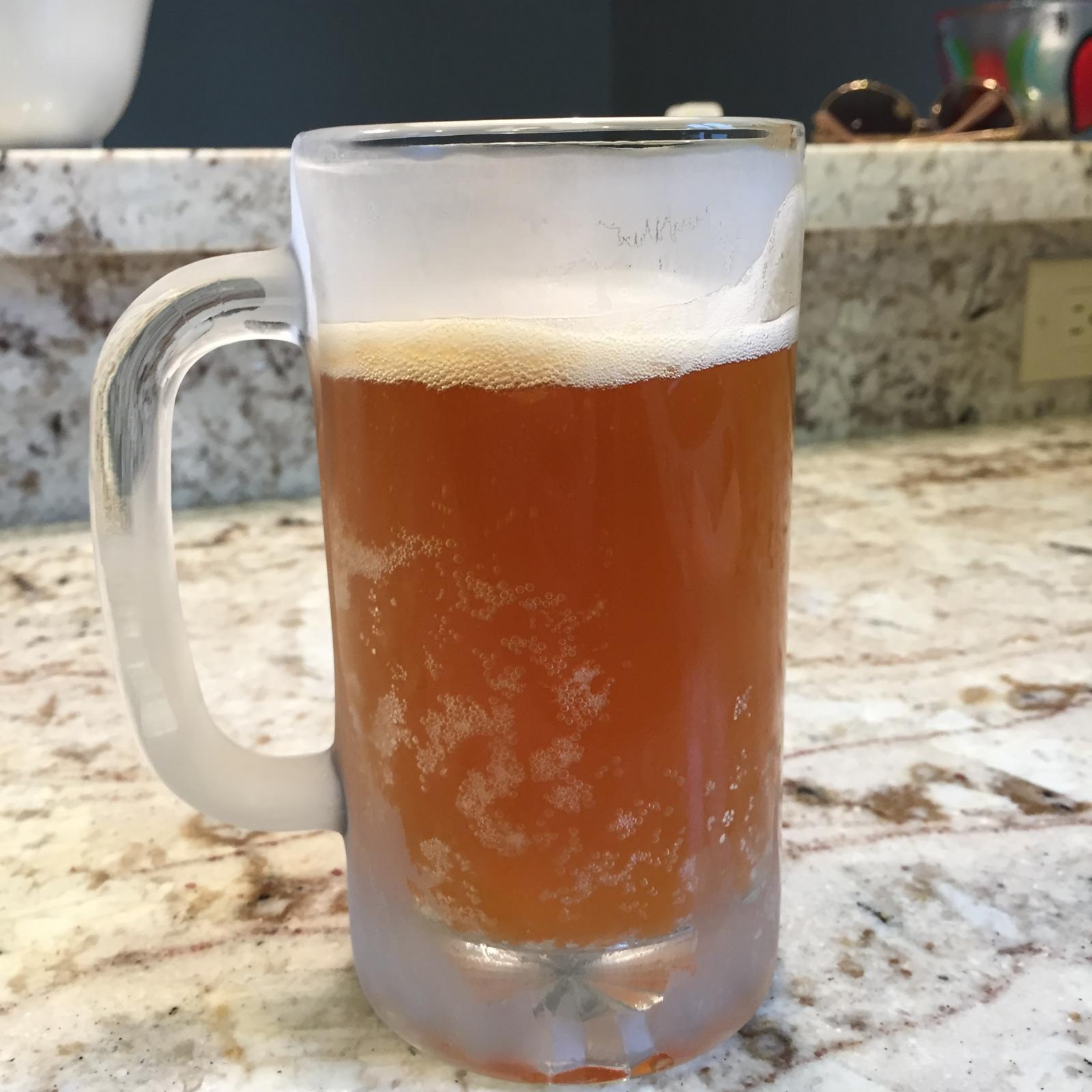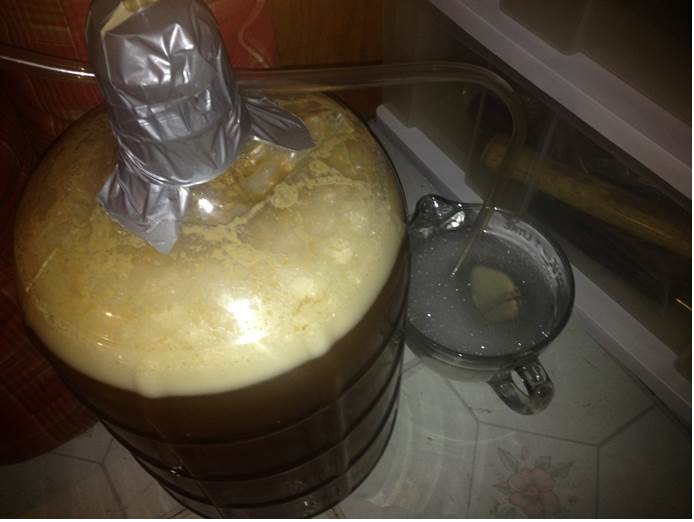Phoenix7801
Well-Known Member
Ok so seriously this beer is WEIRD!! Today is two weeks since I brewed the BBS IPA. Within the first 18 hours it started its fermentation and was going crazy enough that krausen invaded the blowoff tube. After replacing the vessel full of sanitizer a day later the ferm settled down and I put the sanitized airlock in.
I noticed then that the airlock wasn't bubbling but I've read enough threads to understand that ferm still happens even if the airlock doesn't show it. I still saw some small bubbles rising in the jug. So TODAY (2 weeks have passed) Im like ok time to check for FG and what do I see but the beer is cloudy again and there's a white foam on top. Also the airlock is bubbling now.
So is this weather related? The temperature where I'm brewing has always been around 65-68 until this past Saturday when the weather outside was in the mid 70s and inside my ferm area was around 75. Can someone offer me some insight as to what may be happening? Ill answer your questions to the best of my ability.
I noticed then that the airlock wasn't bubbling but I've read enough threads to understand that ferm still happens even if the airlock doesn't show it. I still saw some small bubbles rising in the jug. So TODAY (2 weeks have passed) Im like ok time to check for FG and what do I see but the beer is cloudy again and there's a white foam on top. Also the airlock is bubbling now.
So is this weather related? The temperature where I'm brewing has always been around 65-68 until this past Saturday when the weather outside was in the mid 70s and inside my ferm area was around 75. Can someone offer me some insight as to what may be happening? Ill answer your questions to the best of my ability.










